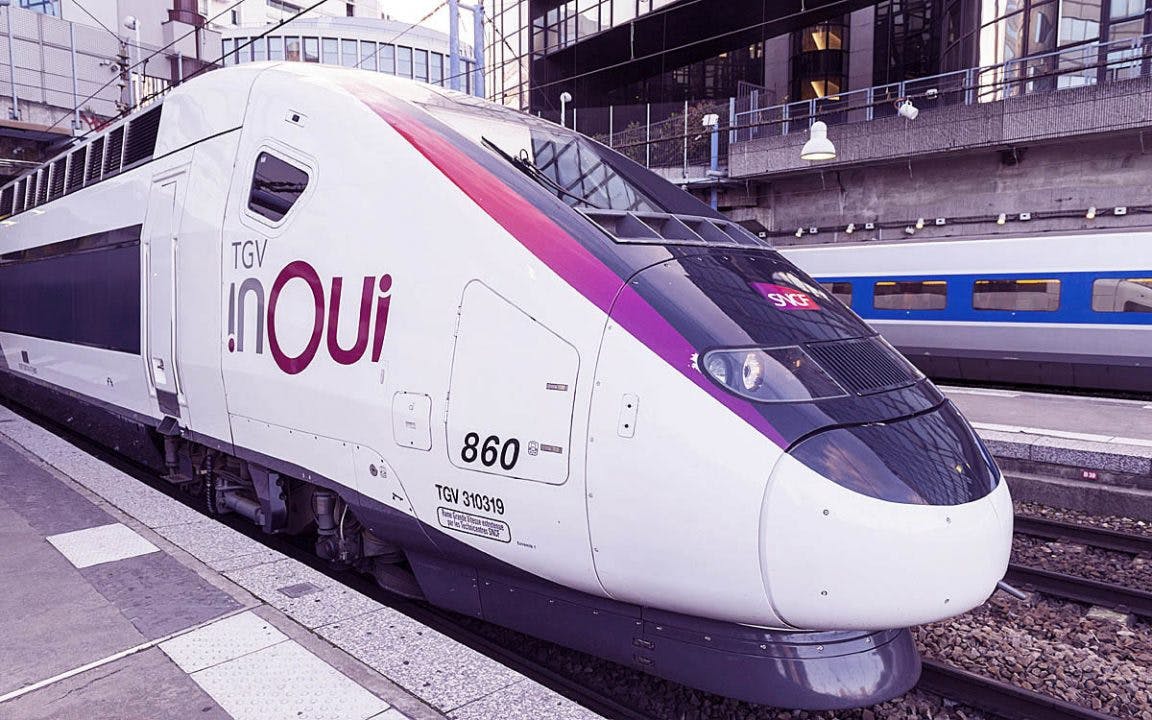SNCF reaches single-day record sales day, powered by S3 Passenger

When SNCF opened their Christmas sales on Wednesday morning, demand took off like a TGV. The demand started early in the morning, and around dinner time the counter hit 1.6 million tickets sold. That is roughly triple the sales of a normal day.
The morning spike was short and intense. Between 6:00 and 6:15 a.m., the website and app logged about 5,000 tickets per minute, the equivalent of filling up to ten TGVs every sixty seconds.
The search for the best fares means increased demand
French travellers were booking earlier, aiming for the best fares on the busiest dates. Weekends around the holidays drew the most attention, which concentrates demand and pushes inventory to sell out first there.
It became clear that travellers have internalised the ‘book early’ rule for these peak periods. The result is a compressed purchase window that clears premium inventory first. If SNCF’s channels were unable to publish and project inventory cleanly during the sales opening, they would risk losing pricing headroom in mere minutes.
The importance of dynamic pricing
When prices hit a regulated ceiling, price alone cannot shape demand. Dynamic pricing still matters because it determines who converts at which moment, and at what product mix, before the ceiling is reached. It also shapes what happens after the ceiling is hit. You can still protect lower buckets for strategic segments, encourage time shifts to less crowded trains, and move demand into higher-value products that include flexibility or services.
A good dynamic pricing setup does three jobs at once. It clears peak inventory at the right pace, it keeps enough room for late but valuable segments, and it nudges passengers toward alternatives that keep network load balanced. That is how you grow yield per seat without solely depending on a big fare increase.
S3 Passenger makes it possible
Sqills’ S3 Passenger serves as the mission-critical software for multi-channel sales and distribution at scale for SNCF. It runs the commercial core from one place: inventory, reservations, ticketing, dynamic pricing, and distribution across owned channels and partners. In an important sales opening like this one for SNCF, that integration is the difference between riding the momentum and being overwhelmed by it.
